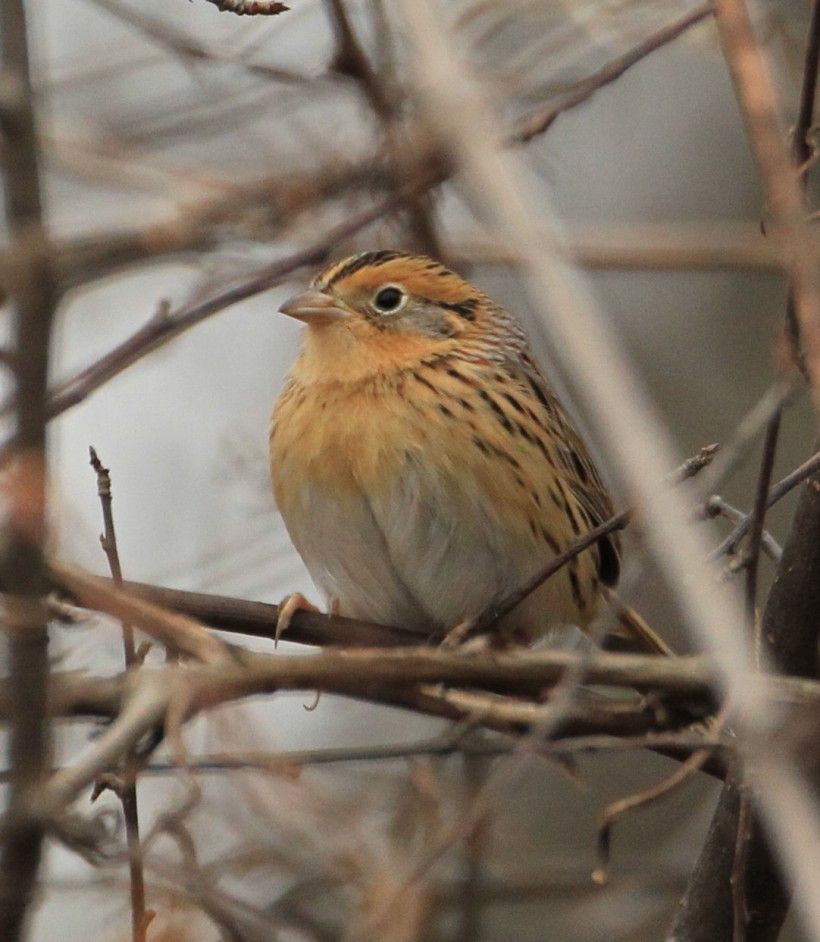A Rare Reward for our Restoration Efforts
Finding a rare bird can be tricky for even the most experienced birder.
Providing the appropriate habitat for rare species is even trickier, given the abundance of invasive plant species present in our environment. At the Waterloo Mills Preserve, our managers have been working for years to control invasive, non-native plant species and restore select habitats to their original conditions.
Most non-native shrub and tree species cannot effectively support wildlife in our region. When compared to native species, the cover (shelter, nesting sites, etc.) they provide is inadequate. The berries on most non-native shrubs lack the nutrition needed for our wildlife to sustain the rigors of migration and winter months. Birds need berries with high lipid content in order to store the fat needed for migration and thermal protection; most non-native shrub berries are low in lipids. Further, the allelopathic and nitrogen-fixing effects of many invasive trees and shrubs affect the soil health and plant composition of the habitats in which they grow. Most important, however, invasive plants displace the diverse flora that should be growing in our area.
Through the combination of invasive species removal by both chemical and mechanical means and the replanting of site-appropriate native vegetation, Waterloo Mills Preserve has become an oasis for numerous types of unique fauna over the years.
Over the Thanksgiving holiday, our staff located perhaps the most uncommon visitor to date when a Le Conte's sparrow was observed in a recently restored meadow. Finding this species of bird in this particular habitat is confirmation that our careful stewardship of our preserves is proving successful. The meadow where the sparrow was found was once inundated by crabapple trees. A series of carefully planned and applied herbicide treatments helped to control the crabapple and expose the seeds of native grasses and wildflowers. Five years later, the meadow contains a diverse mix of native species that were only present in very small quantities before our restoration efforts.

How this species of sparrow made its way to Waterloo Mills is a mystery, but we take both comfort and pride in knowing the work we do is providing suitable habitat for a spectacular rare bird. As always, we encourage you to control non-native species on your own property so you too can enjoy witnessing wildlife benefit from the fruits of your labor.